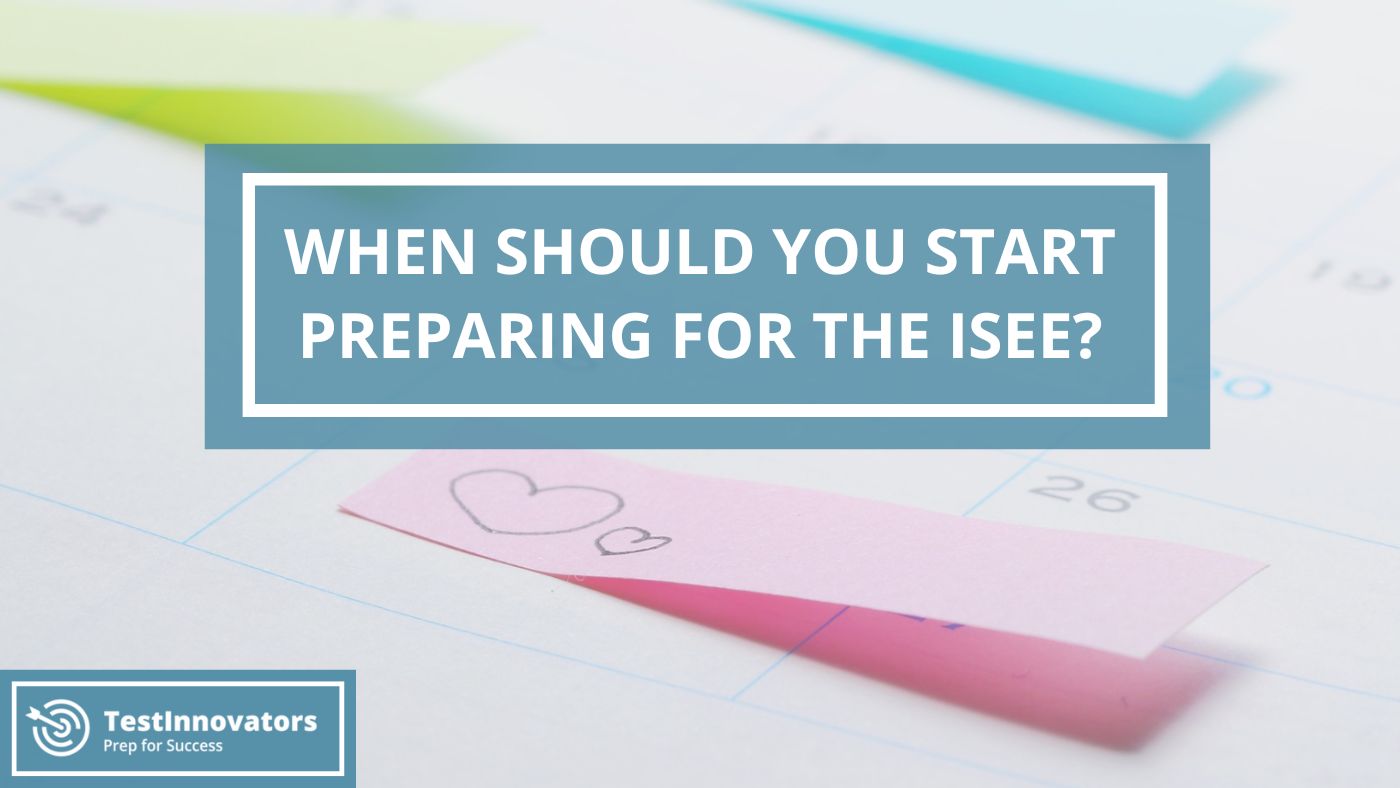Test Anxiety Exercises
Sophie Brenner2025-02-13T11:32:23-08:00When you’re feeling anxious, it can be tough to calm yourself down. Many students experience anxiety before taking important tests, but you don’t have to let these feelings impact your performance. Equipping yourself ahead of time with tools to help lower your anxiety can make the testing experience less scary and help you to do your best.
If you’re feeling worried about an upcoming test date, consider practicing and implementing some of the strategies and exercises outlined below. Sometimes just knowing that you’re prepared to handle your feelings can help keep you calm!
Write it out.
Studies have shown that students who spend time thinking through and writing about their anxiety before an important test can actually perform better. By externalizing your worries before taking your test, you’re freeing up space in your mind to focus on the task at hand rather than ruminating on what could go wrong.
If you can, dedicate 10 minutes sometime before your test to writing out your thoughts and feelings. This could be after you eat breakfast, while you’re riding in the car, or before you enter the testing room.
Some questions to consider might be:
- How am I feeling about my upcoming test?
- What am I feeling most excited about?
- What am I feeling concerned about?
Perform a body scan.
A body scan is an anxiety reduction technique that involves focusing on different areas of your body one at a time. This allows you to identify the swirling thoughts, troubling feelings, and physical sensations that you might be experiencing as a result of your test anxiety.
Here’s how to perform your own body scan:
- Find a comfortable sitting or laying position and close your eyes.
- Begin by focusing on your breath, inhaling through your nose and exhaling through your mouth.
- Starting from the tip of your toes, focus your attention on one part of your body at a time, breathing deeply throughout.
- Slowly scan your way up through your legs, stomach, chest, arms, and neck, all the way to the top of your head.
- During this process, pay special attention to any points of tension within your body, and be sure to breathe through them. For example, do you feel butterflies in your stomach? Pressure in your head? A tingling sensation in your hands?
- If you notice yourself getting distracted, don’t worry! Gently bring your attention back to the scan.
Taking the time to intentionally sit with the negative thoughts or feelings that you’re having can make them easier to identify and let go of. This practice can be especially effective because you can do it any time, anywhere.
Practice breathing techniques.
Breathing exercises can be one of the easiest ways to reduce stress and anxiety. There are many different types of breathing techniques you can use, so try out a few to see what works best for you.
- Deep Breathing.
Close your eyes. Begin inhaling slowly through your nose for 8 counts. Take two final sips of breath. Exhale slowly through your mouth for 8 counts. Repeat for 3 more breaths. - Shoulder Shrugs.
Begin inhaling through your nose. As you inhale, bring your shoulders up to your ears. On the exhale, slowly release your shoulders down to a relaxed position, elongating your spine and creating space between your ears and shoulders. Repeat for 4 breaths. - Belly Breathing.
Laying down on your back, place an object (e.g. a book) on your belly. Inhale into your stomach, pushing the object upwards as much as possible, then release the breath. Repeat this motion, focusing on the rise and fall of the object.
Move your body.
Getting some light movement in before an exam can help increase blood flow to the brain, release tension, and boost the production of feel-good hormones like endorphins. Consider going on a walk or bike ride around the neighborhood the morning before your test.
If you can’t get outside, you can also try a standing yoga sequence like the example shown below. Focus on guided breathing through each of the poses, inhaling and exhaling with each of your movements. Repeat as needed!

Use positive self-talk.
Self-talk refers to the way that you internally speak to yourself, and it can make a bigger difference than you think! When you routinely have negative thoughts about yourself or your test-taking abilities, you can actually hurt your performance.
On the other hand, speaking positively to yourself can reduce the intensity of overwhelming feelings, help you feel confident and encouraged, and ultimately help you test better.
Here are some examples of positive self-talk you can use:
- I know I will do my best.
- Everything is going to be okay, no matter what.
- There is nothing wrong with feeling anxious.
- I did a good job preparing for this test.
- I have tools that can help me feel less anxious.
- I can do well on this test, even if I’m feeling worried.
- I am proud of myself for trying.
Good luck! You’ve got this!









